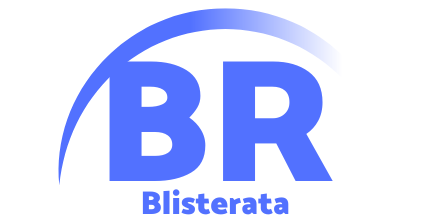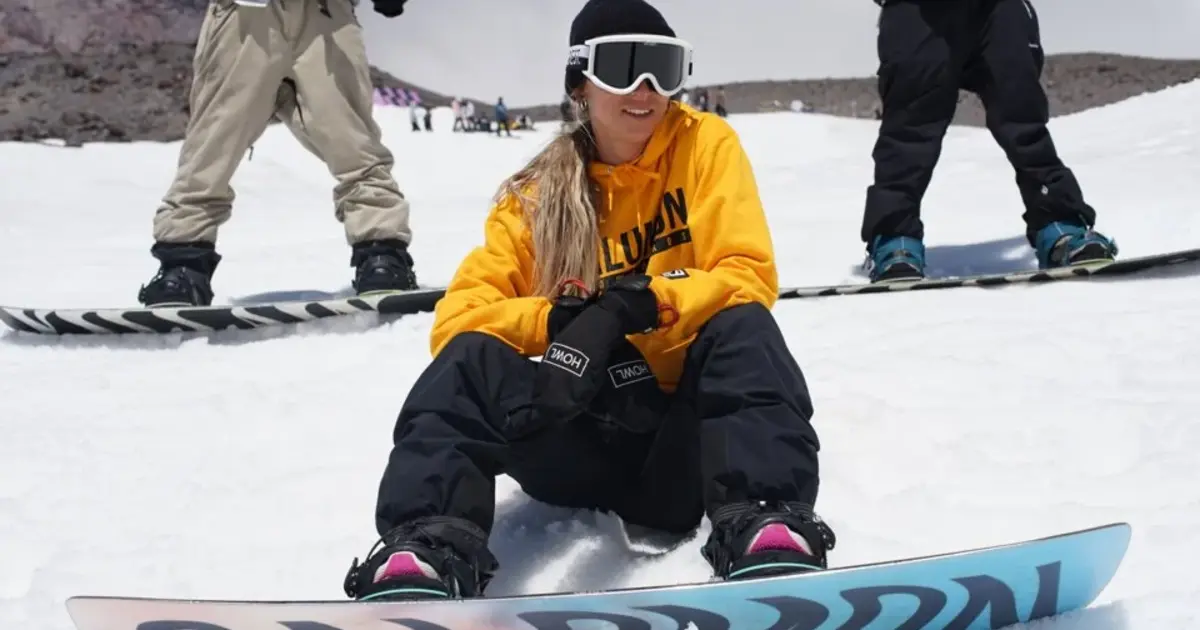Snowboarding gear, not mere zeal, makes a skier carve the slopes. Whether ripping groomers, slashing backcountry pow or hitting the park, the right Snowboard and Bindings will make all the difference in your performance and comfort. Therefore, here is a detailed guide to selecting the best one for your snowboarding expeditions.
Understand Snowboard and Bindings Types
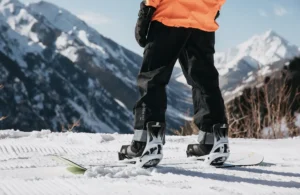
All-Mountain
All-mountain boards are perfect for beginners, intermediates or experienced riders because of their ability to conquer different terrain. They usually have stability, balance and flexibility, all bundled into one, making them great if you want to explore other mountain parts.
Freestyle
On shorter, flexier freestyle snowboards, it is much easier to hit rails than on longer ones designed for big mountain riding. On powder or at high speed, these can be more challenging.
Freeride
Freeride boards are ideal for those who prefer off-piste/backcountry riding since they provide enough stability and control needed. They tend to be longer, with designs optimized for deep powder conditions while giving a smooth ride over rough terrain.
Powder
With wider noses that taper towards narrower tails, this type of board is perfect for riding in deep, powdery conditions as it will float instead of plough through. Its surface is just like any other traditional design would do when placed into similar situations whereby air resistance becomes significant only after entering through small spaces within edges, forcing them apart and resulting in an underwatering effect. Snowboard and Bindings
This creates an imbalance causing major stability problems, especially when taken along steep terrains where gravity acts as an opposing force against forward momentum coming from one’s legs, thereby making it difficult to maintain control during turns because weight shifts occur too suddenly without warning, causing the rider to lose his balance leading falls such injuries broken bones concussions death even life itself falling off cliffs seriously injuring others handicapping themselves forever due brain damage paralysis spinal cord injuries which would put them into wheelchairs unable move again this why people should think before they leap because might end up getting paraplegic. Snowboard and Bindings
Choose the Right Size of Snowboard and Bindings

The snowboard size depends on your weight, height and riding style. Generally, a board should reach somewhere between your chin and nose when stood on end, but also consider the following:
Weight: More massive riders may want to ride longer boards for more support.
Riding style: Freestyle riders might opt for shorter boards for better control in the park, while freeride and powder enthusiasts might prefer longer boards for stability.
Consider Snowboard Flex
The flex of a snowboard affects its handling. A softer flex is forgiving and ideal for beginners and freestyle riders. A stiffer flex offers more precision and is suitable for high-speed riding and freeride or powder snowboarding.
Select the Right Bindings
Bindings are typically used to connect boots with the board to enable energy transmission and control. When selecting bindings, remember these points:
Compatibility: Make sure your bindings suit your binding inserts on the board.
Flexibility: Like snowboards, bindings come in varying degrees of stiffness. Match this with your style of riding.
Straps vs Speed Entry: Conventional straps give room for more customization compared to speed entry bindings that get you in or out of them quicker.
Choose Boots Wisely
Snowboard boots must be comfortable as they hold you onto the board. Here’s what you need to know about choosing boots:
Fit: Find the snug fit that doesn’t cause discomfort or pressure points—a light brushing of toes against the boot’s front is ideal.
Flex: Soft-flex boots are forgiving and great for beginners, while stiff-flex boots offer more precision and control for experienced riders.
Lacing System: Traditional laces have maximum adjustability, while BOA and Speedzone systems provide rapid adjustment.
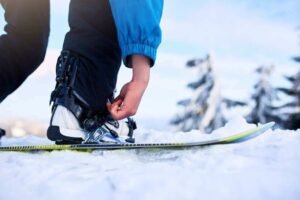
Don’t Forget About Your Riding Style
Your snowboard and binding selection should be based on your riding style. Think about what kind of terrain you will be tackling, how skilled you are at snowboarding and what goals you would like to achieve in the mountains. Feel free to experiment with different boards and bindings until you find a perfect match for your riding style.
Prioritize Snowboard Construction and Technology
The build and tech standing behind a snowboard may significantly affect its performance, strength, and cost. Key factors to consider include:
Core Materials
Wood: Classic feel, with good flex and durability.
Foam: Lighter than wood but may need to be more durable.
Composite: A blend of materials can give weight, durability and flex ratio.
Laminates and Topping
Carbon Fiber: Adds stiffness without much more weight.
Fiberglass: Widespread and versatile, balancing flex and torsional rigidity.
Base Material
Extruded: It is easier to repair or maintain but slower to ride on.
Sintered: Faster in speed and has better endurance but demands more care.
Pay Attention to Board Shape and Contour
The shape of the snowboard determines how it behaves on snow and ultimately affects your riding style.
Camber vs. Rocker
Camber: Precision and pop for groomers
Rocker: Better for powder days and park sessions; softer ride
Directional vs. Twin
Directional: Made with forward thrust in mind, carving-focused, high-speed boarding material.
Twin: Symmetrical shape for riders who like jibs/switch tricks (used interchangeably).
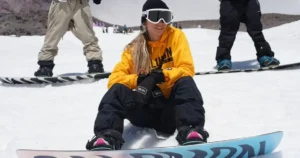
Understand Binding Types & Features of Snowboard and Bindings
Bindings should match your board & boots to enhance your control over the board while making you comfortable wearing them.
Highback Style
Stiff Highbacks: For aggressive riding that requires more support/control.
Flexible Highbacks- Especially good for newbies/freestylers looking for an easier time out there.
Baseplate Construction
Aluminium- Durable & responsive.
Plastic/Composite Silky smooth ride at low speeds with reduced energy transfer into edges.
Ratchet Systems
Consider the ratchet system’s ease of use/durability because you’ll want quick/safe adjustments when out on the hill.
Consider Environmental and Sustainability Factors
When choosing a brand or product, be aware of eco-friendly materials and methods that are more environmentally friendly and sustainable. This is not only about the environmental footprint but also influences how long your board/boots last.
Demo Before You Buy Snowboard and Bindings
The ultimate test for any snowboard and bindings is their performance on the mountain. Whenever possible, demo different options to differentiate between specifications that do not always reveal differences in performance or comfort when riding.Snowboard and Bindings
Combining thorough research and personal experience can help you select the best bindings and snowboard for your riding style, resulting in an excellent skiing experience at any resort.Snowboard and Bindings
Conclusion
Selecting a suitable Snowboard and Bindings plays a significant role in preparing yourself for your next adventure on ice. Consider the terrain you will cover, body weight, height, flex preferences, and binding compatibility when making this decision. But most importantly – have some fun out there! So go out there confidently, shredding powder, knowing you’ve got the right gear for your snowboarding style. Mention in detail about Snowboard and Bindings.
